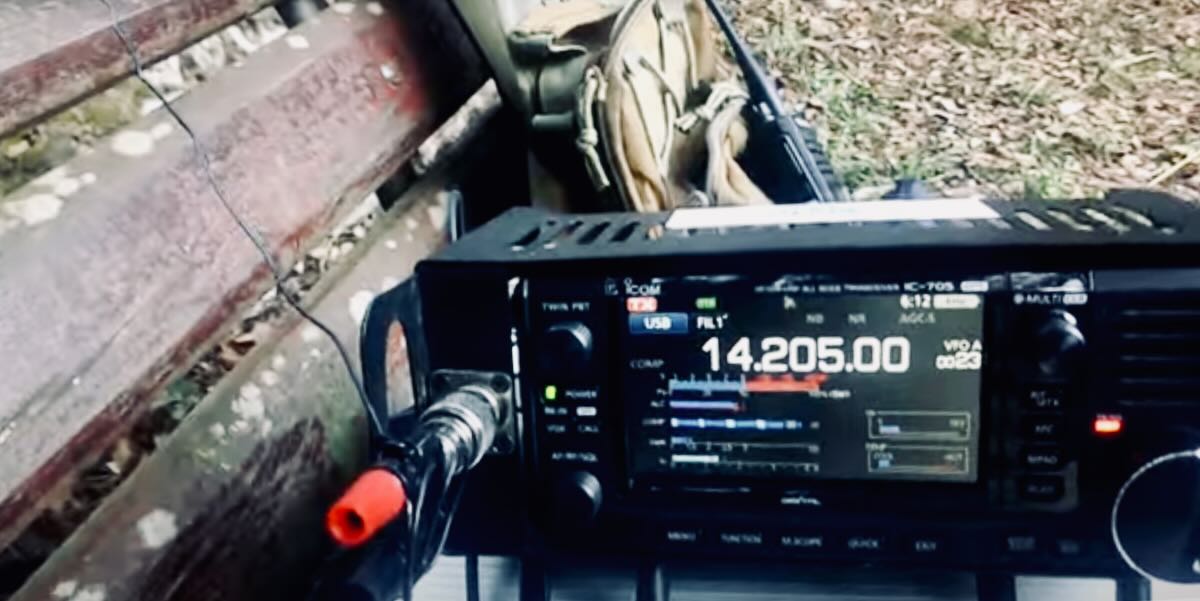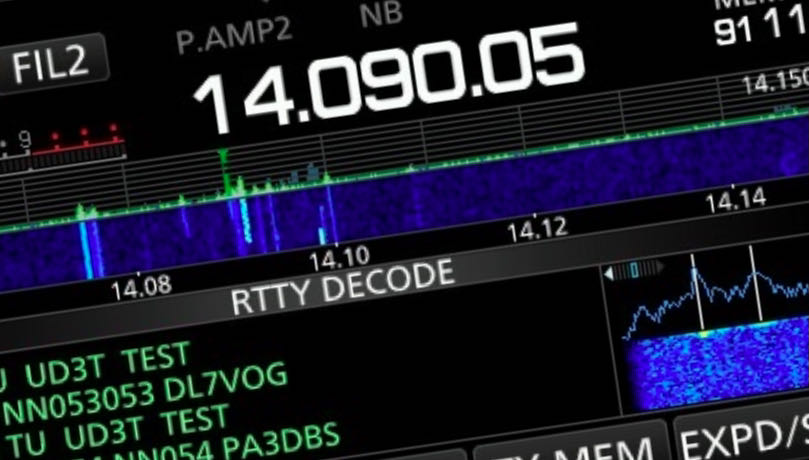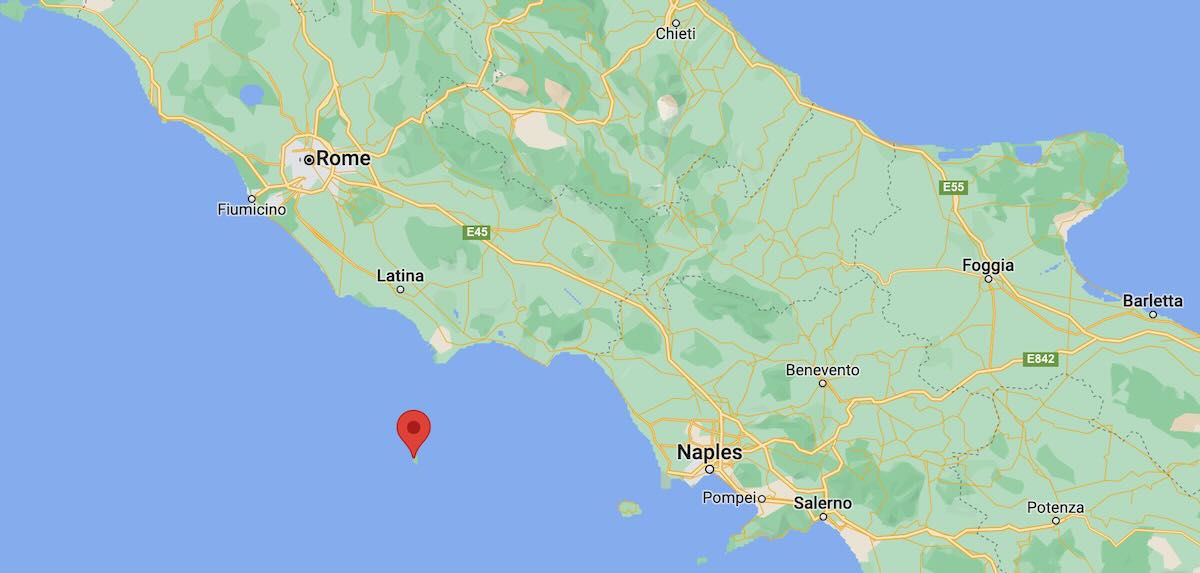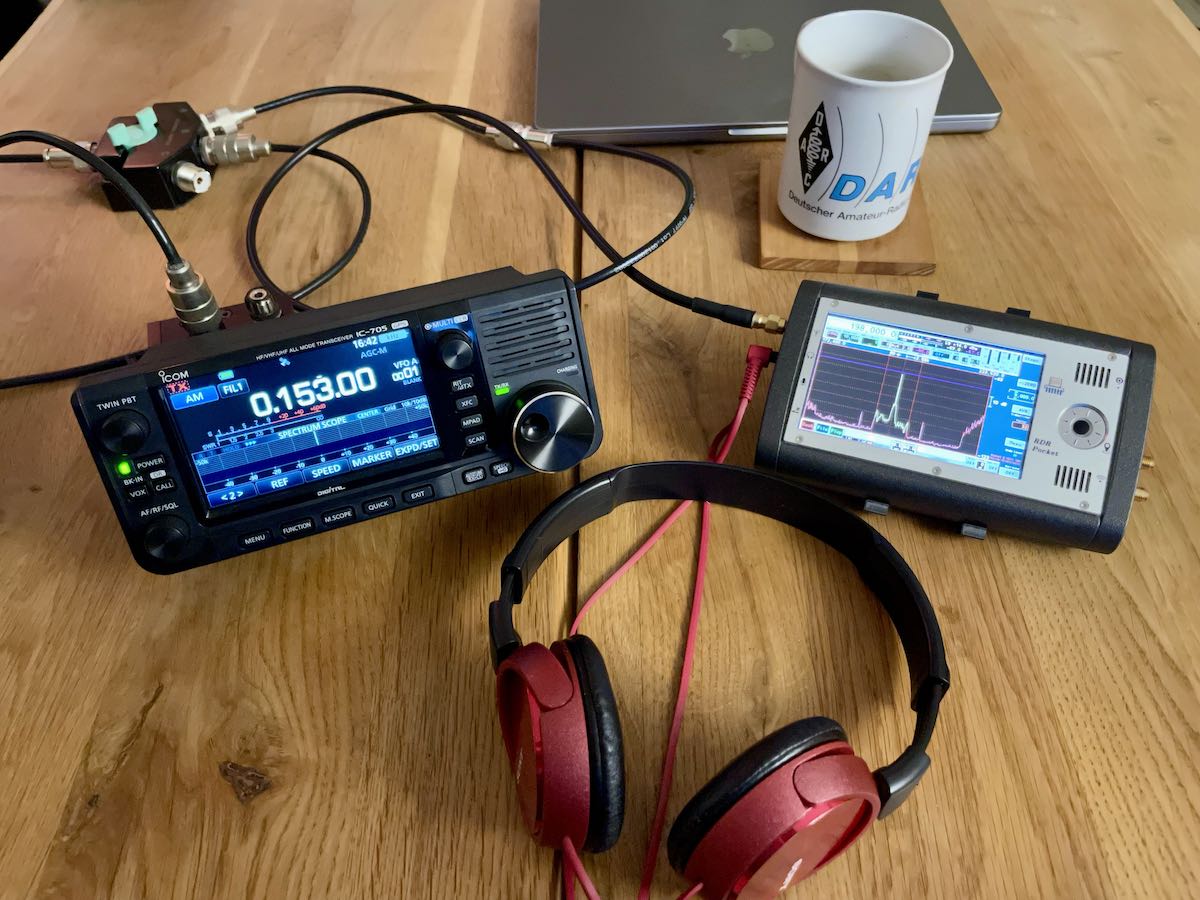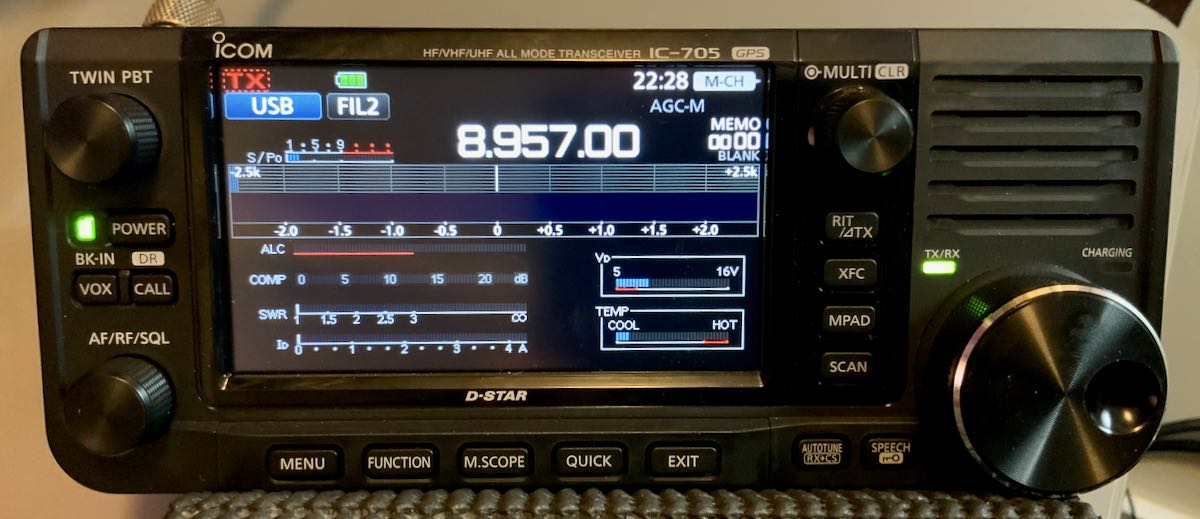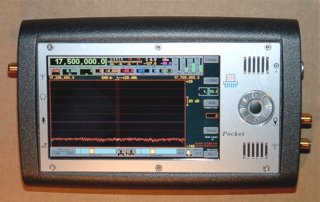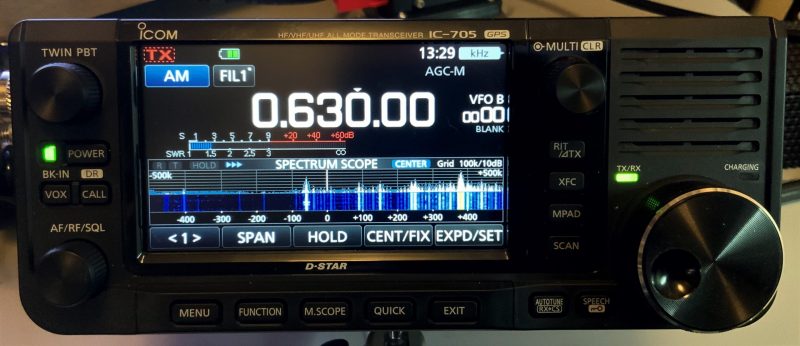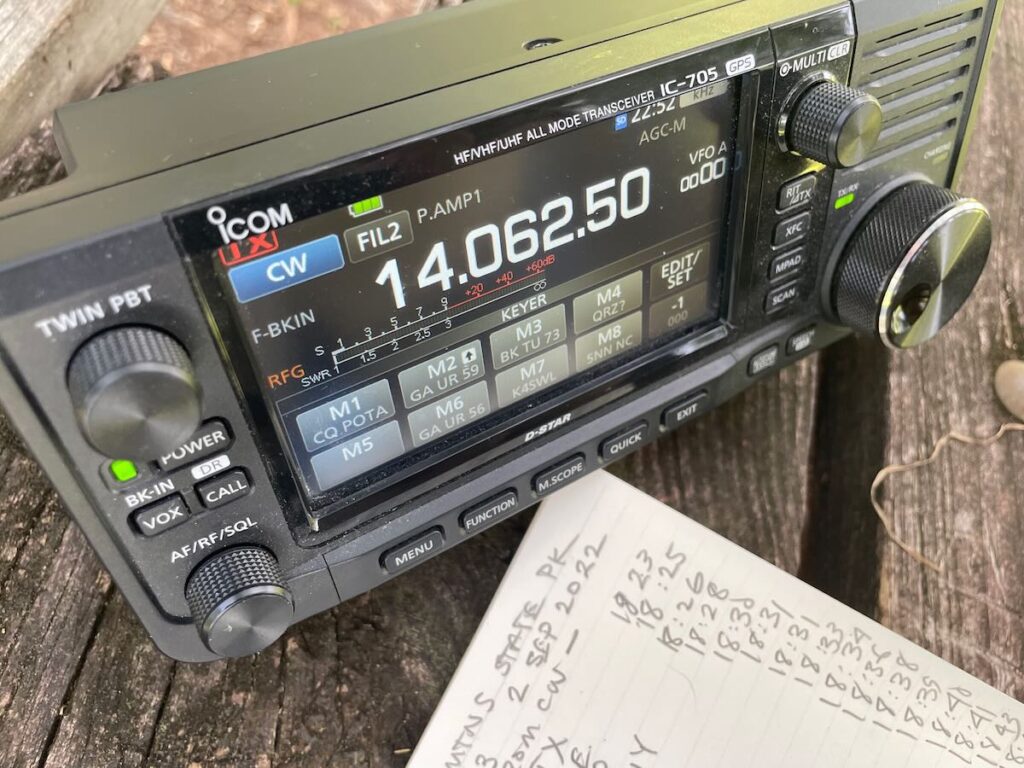 Many thanks to SWLing Post contributor, Uli Zehndbauer, who notes that Icom has released a new firmware update for the IC-705.
Many thanks to SWLing Post contributor, Uli Zehndbauer, who notes that Icom has released a new firmware update for the IC-705.
Here are the details/notes about this firmware version from Icom:
Changes from Version 1.27
-
- – Displays the Receiving (or Transmitting) route icon (RF or TM: Terminal mode) on the RX History Log and QSO Log
- – Displays the Receiving (or Transmitting) route icon (RF or TM: Terminal mode) to the chunk information in the QSO audio file
- – Displays the Receiving route icon (TM: Terminal mode) to the following screens;
- RX HISTORY screen
- GPS POSITION (RX) screen
- QSO audio, PLAY FILES screen
- QSO audio, FILE INFORMATION screen
- – Improves the WLAN access point list so that you can delete the connected or saved access points
- – Improves the CI-V command 1F 01 (DV transmit call sign) so you can set only the “UR” call sign without the other call signs.
Click here to download the firmware from the Icom website.
If you’re not familiar with the Icom IC-705, check out this review from 13dka and this one from me originally published in The Spectrum Monitor. The IC-705 is a benchmark ham radio transceiver and MW/shortwave/FM DX receiver.

